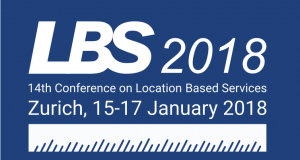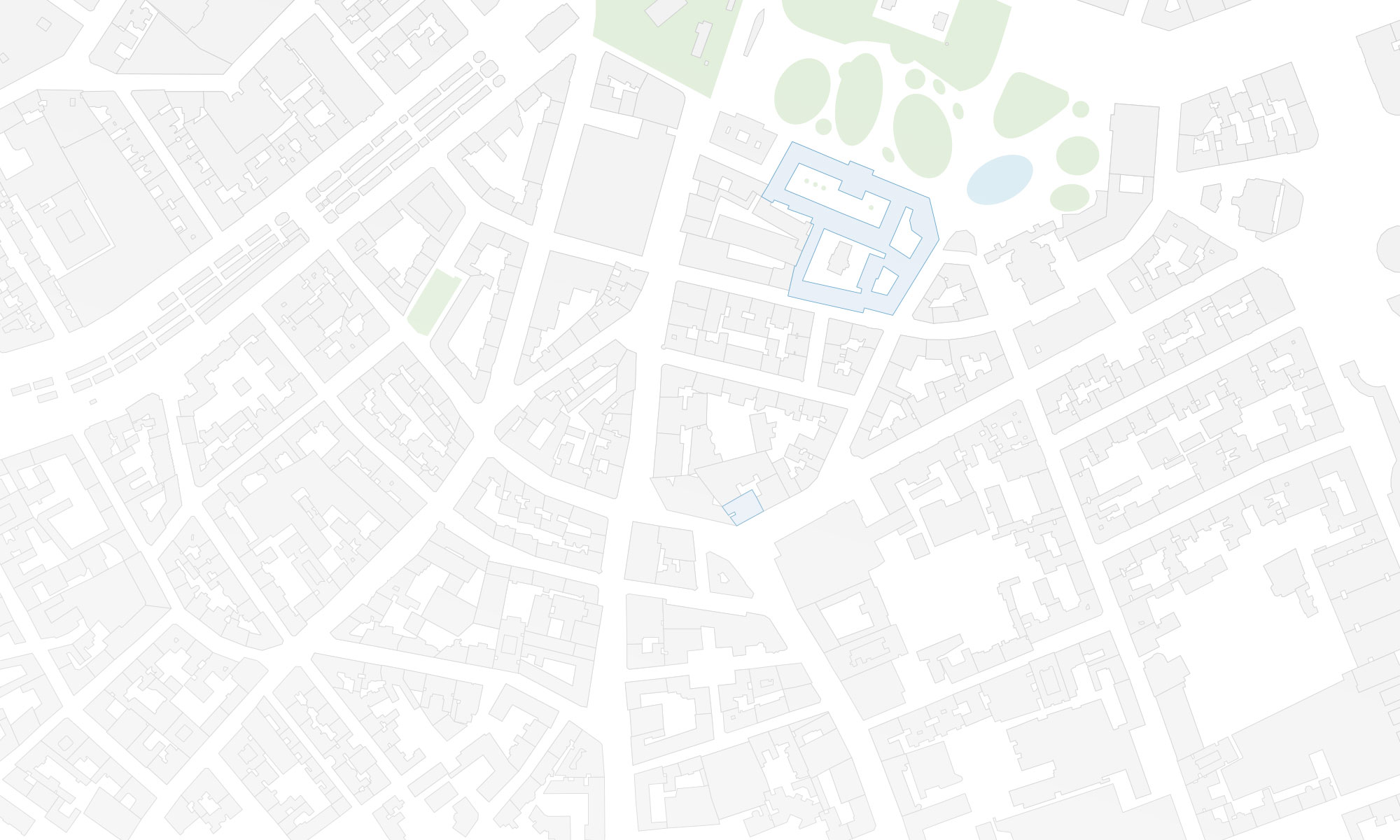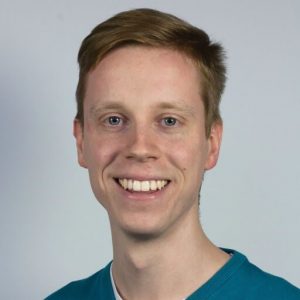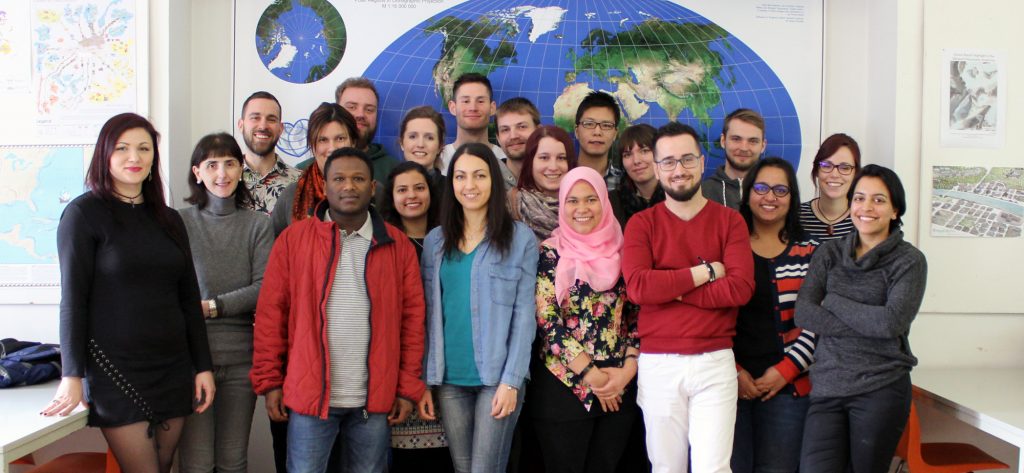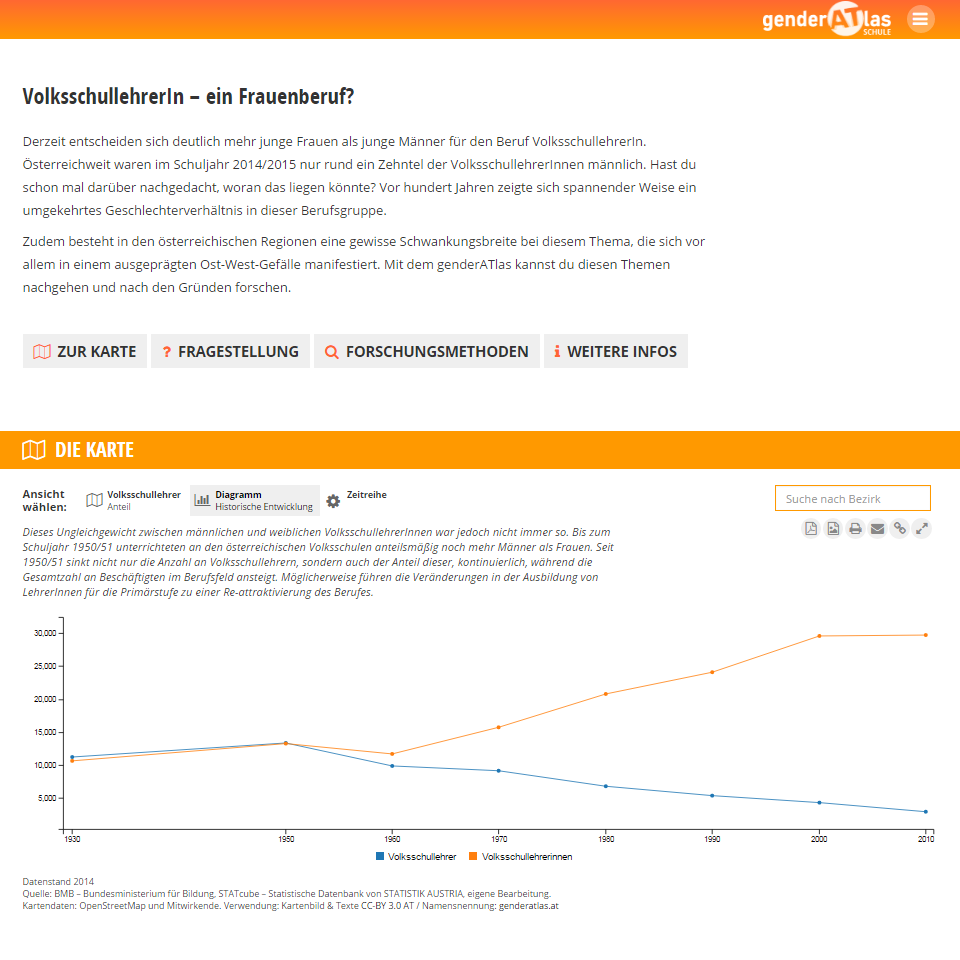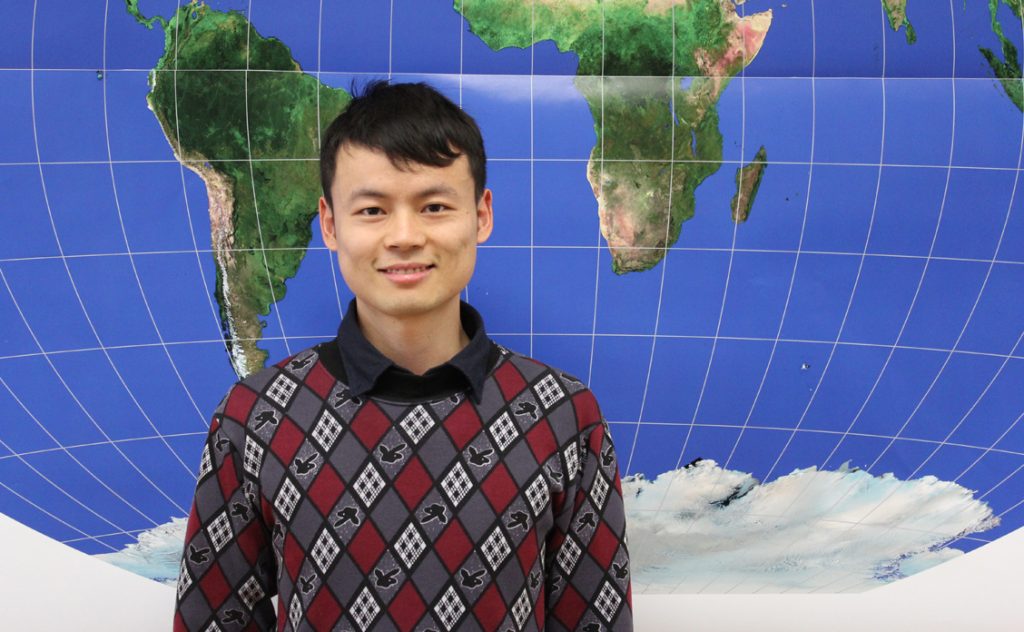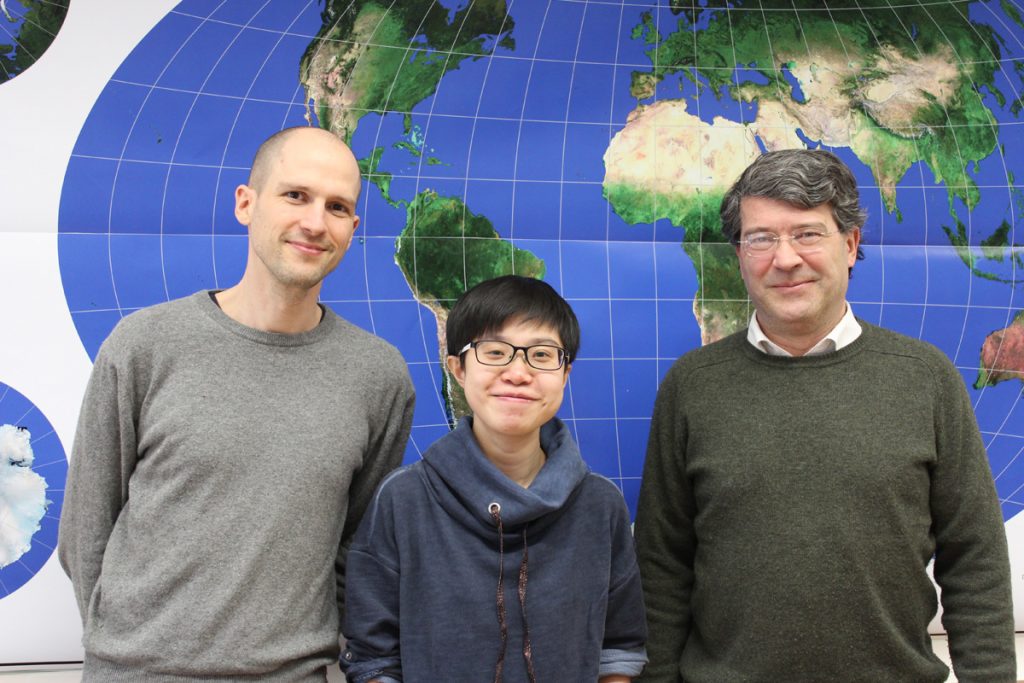We are happy to announce a CartoTalk by Trias Aditya, from the Department of Geodetic Engineering at UGM, Indonesia.
Abstract: Haze problems over Sumatera and Kalimantan have been a prolonged issue to mainly firing of drained peatland. In addition to accelerating greenhouse emission threats, the peatfire has caused health problems and major economic losses. Peat forest conversion to agriculture land by utilizing drainage canals is one of main drivers to be restored. Water and peatland management are among the key targets for eliminating the trans-boundary haze problems. Surveying and mapping technologies such as Aerial Photos and LiDAR are required to support hydrological restoration plans in order to keep peatland in Sumatera and Kalimantan are still wet even in dry periods. Surveying and mapping activities are also required to support environmental monitoring to fight fires and canals’ development. Satellites and aerial imageries, such as satellite data and UAV, equipped with multi sensors suited to monitor haze problems, could be deployed to support haze monitoring. In addition to that, human sensors need to be activated to enable participatory monitoring. This apps will be offered to help community and decision makers fight peatfires while at the same time to support sustainable peatland management at community level. The research study presented in this talk combines LiDAR, satellite, field and crowd data to support community-based haze mitigation. Yet, in order to raise community awareness on haze issues from fires from the peatland, geospatial-based game application was initiated through gamification and design workshop. Data from two apps, geo-crowd and geo-game are gathered and analyzed into a decision-support dashboard.
Trias Aditya completed his Bachelor of Engineering in Geodetic Engineering from UGM (1998). He received his MSc in Geoinformatics from ITC (2003) and PhD in Geoinformatics from ITC/Utrecht University (2007). His research interests include Cartography, Geospatial Data Infrastructure, Interoperable Geospatial Information System for Land Administration, Disaster Management, and Peatland Management.
Monday, 23 January 2017, 11:00
Research Group Cartography
Seminar room 126
